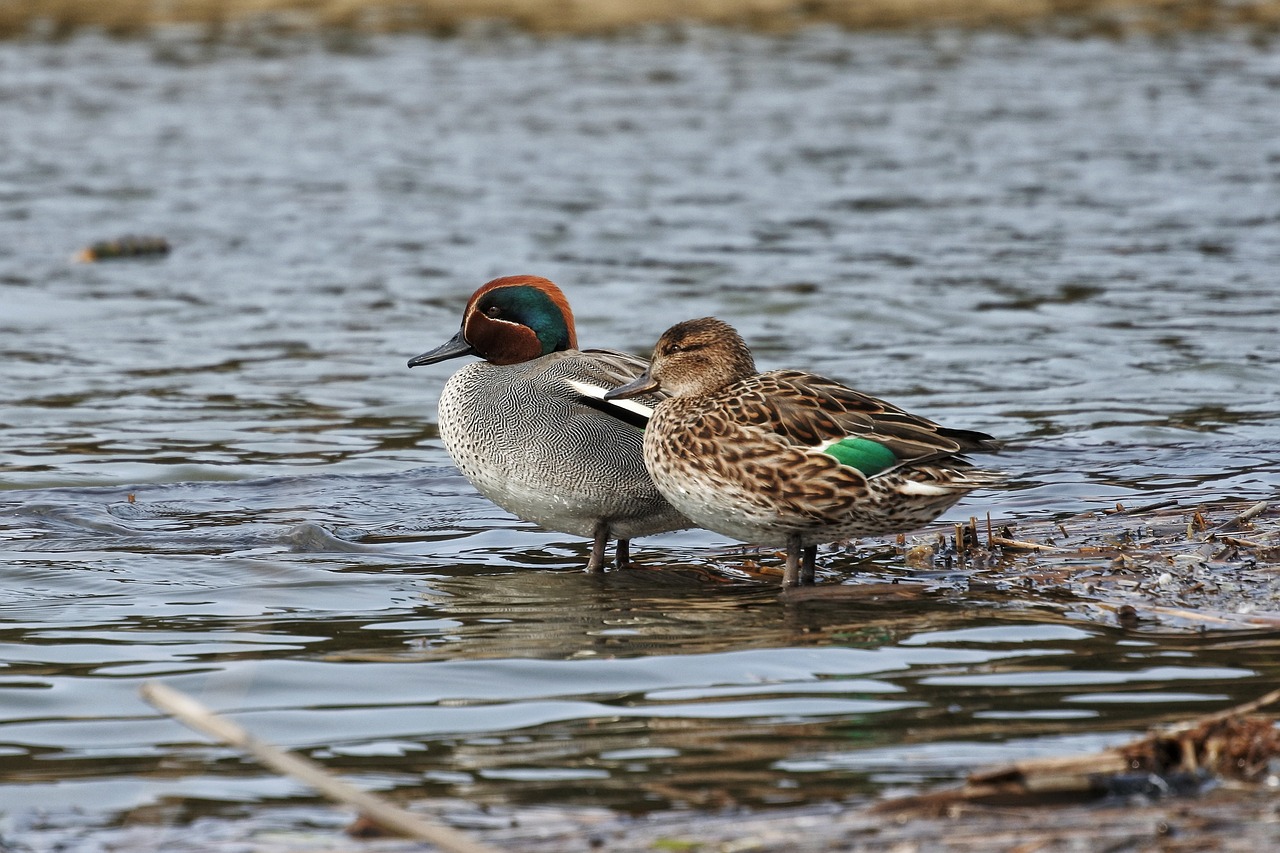Counts of breeding dabbling ducks at Angarn lake in 1978–1998 —effects of lake restoration
DOI:
https://doi.org/10.34080/os.v9.22899Keywords:
Anatidae, conservation, climate effects, population studiesAbstract
Angarnsjöängen is a shallow lake 25 km north-east of Stockholm. It was famous for its bird life already in the 1930s, but the conditions have deteriorated in recent years because of expansion of high emergent vegetation and willows along the shores. A restoration plan was implemented in 1992 involving creation of large areas of open water and increase of the annual water level amplitude, especially spring flooding. The breeding dabbling ducks (Anas species) had been censused annually since 1978. Hence the effects of the restoration could be accurately estimated. After restoration there was a rapid increase of the duck population. Two species, A. querquedula and A. crecca showed the strongest response. Three other species also increased, A. strepera, A. platyrhynchos and A. clypeata, although it was less clear that the restoration was the only cause. For A. strepera the lake also became an excellent autumn site. The study shows that long-term monitoring of important bird lakes is necessary both for detection of deterioration and for assessment of restoration results.
Downloads

Downloads
Published
How to Cite
Issue
Section
License
The copyright of each contribution belongs to the author(s), but all contributions are published under a Creative Commons license, so that anyone is free to share and reuse the contribution as long as the copyright holder is attributed.







